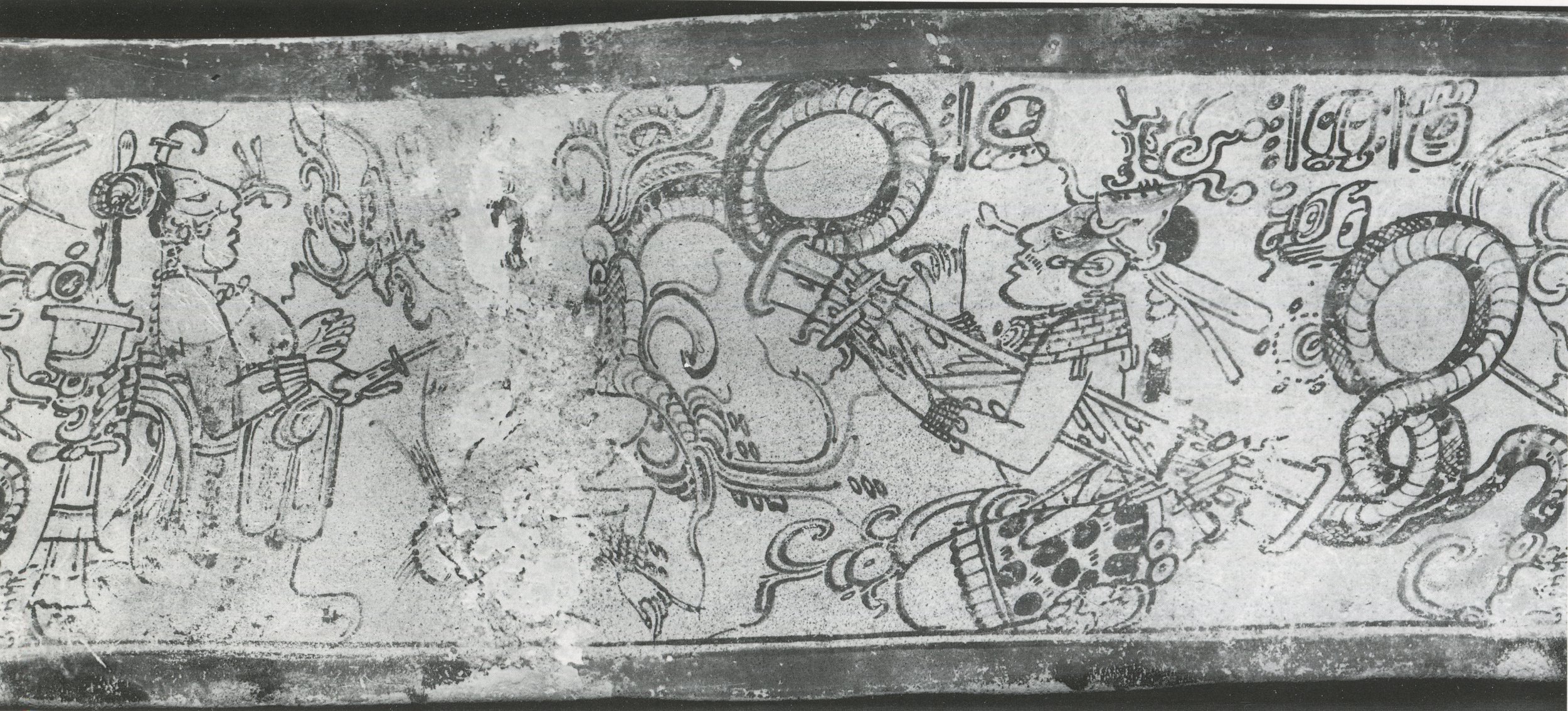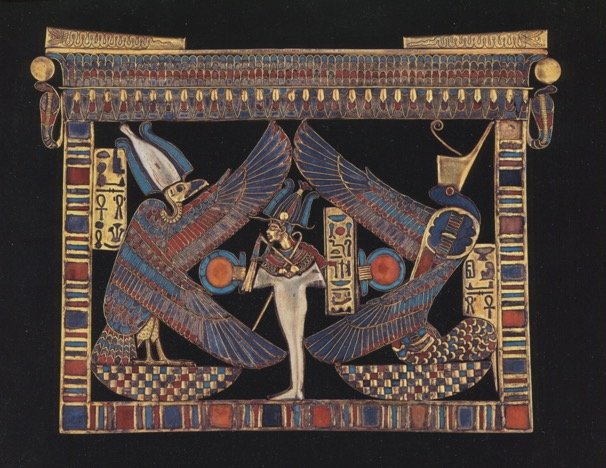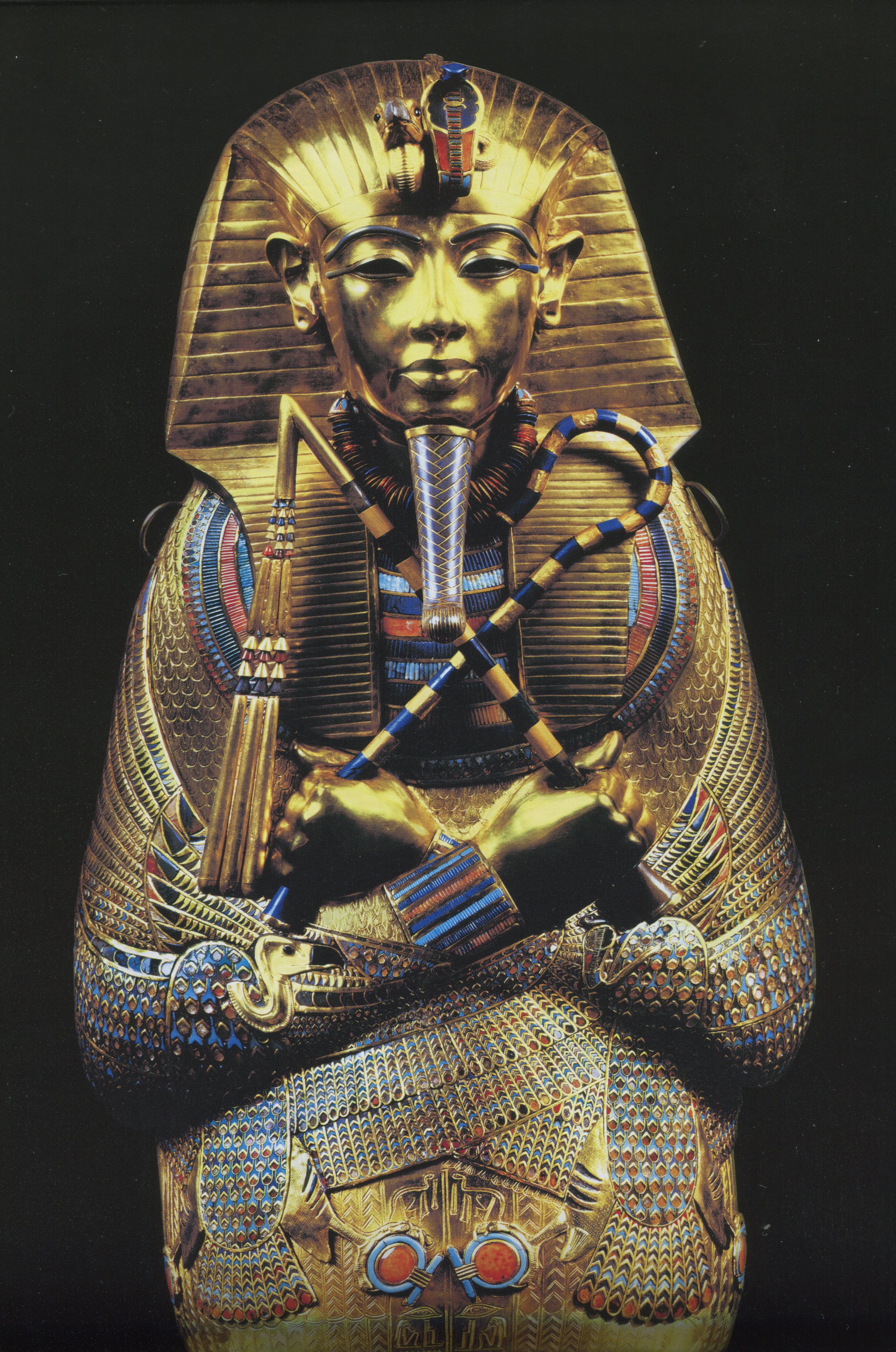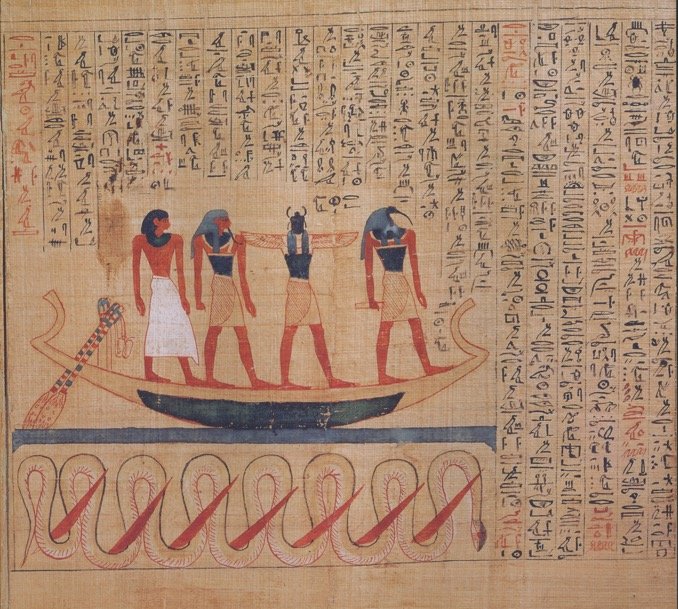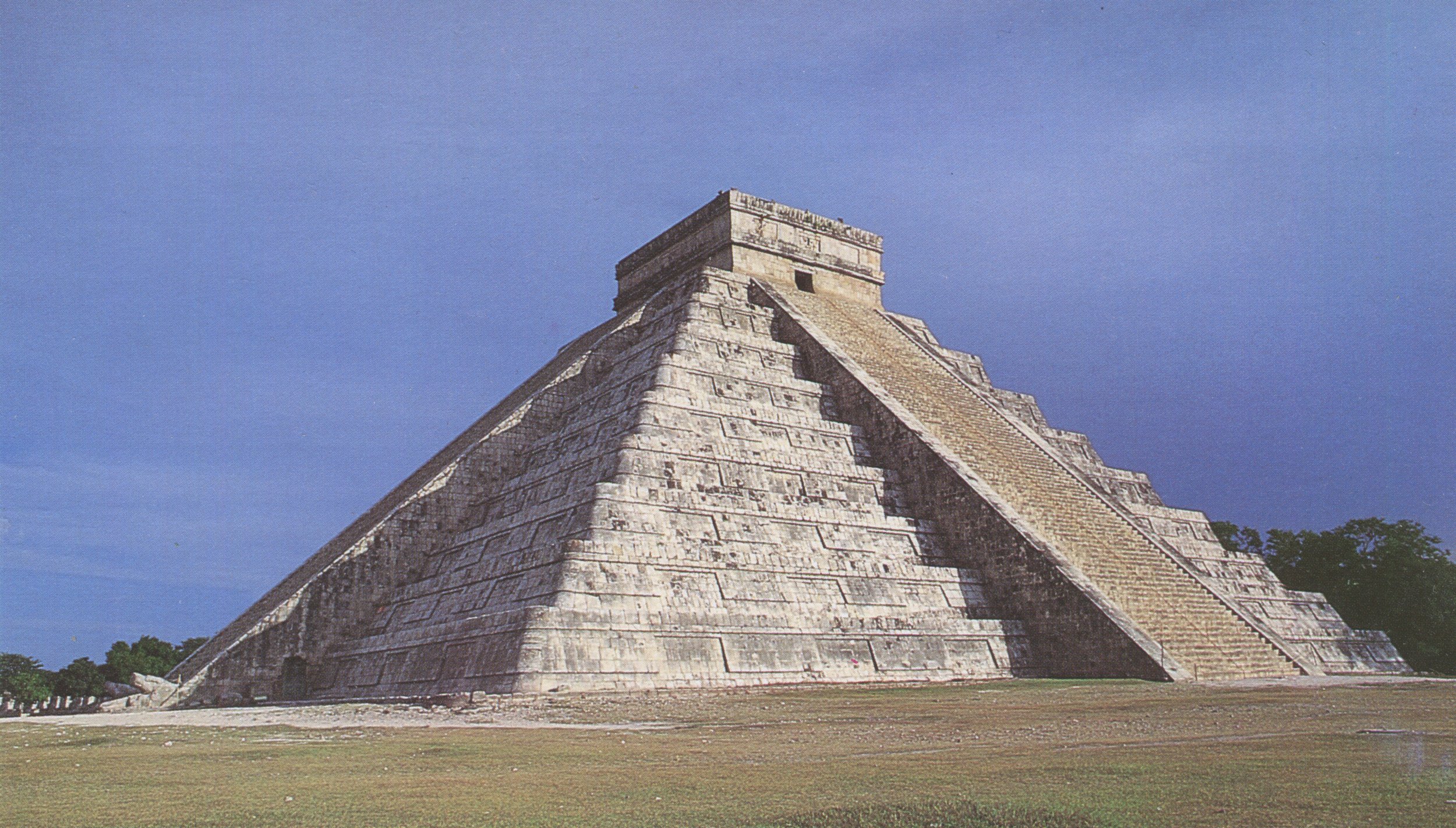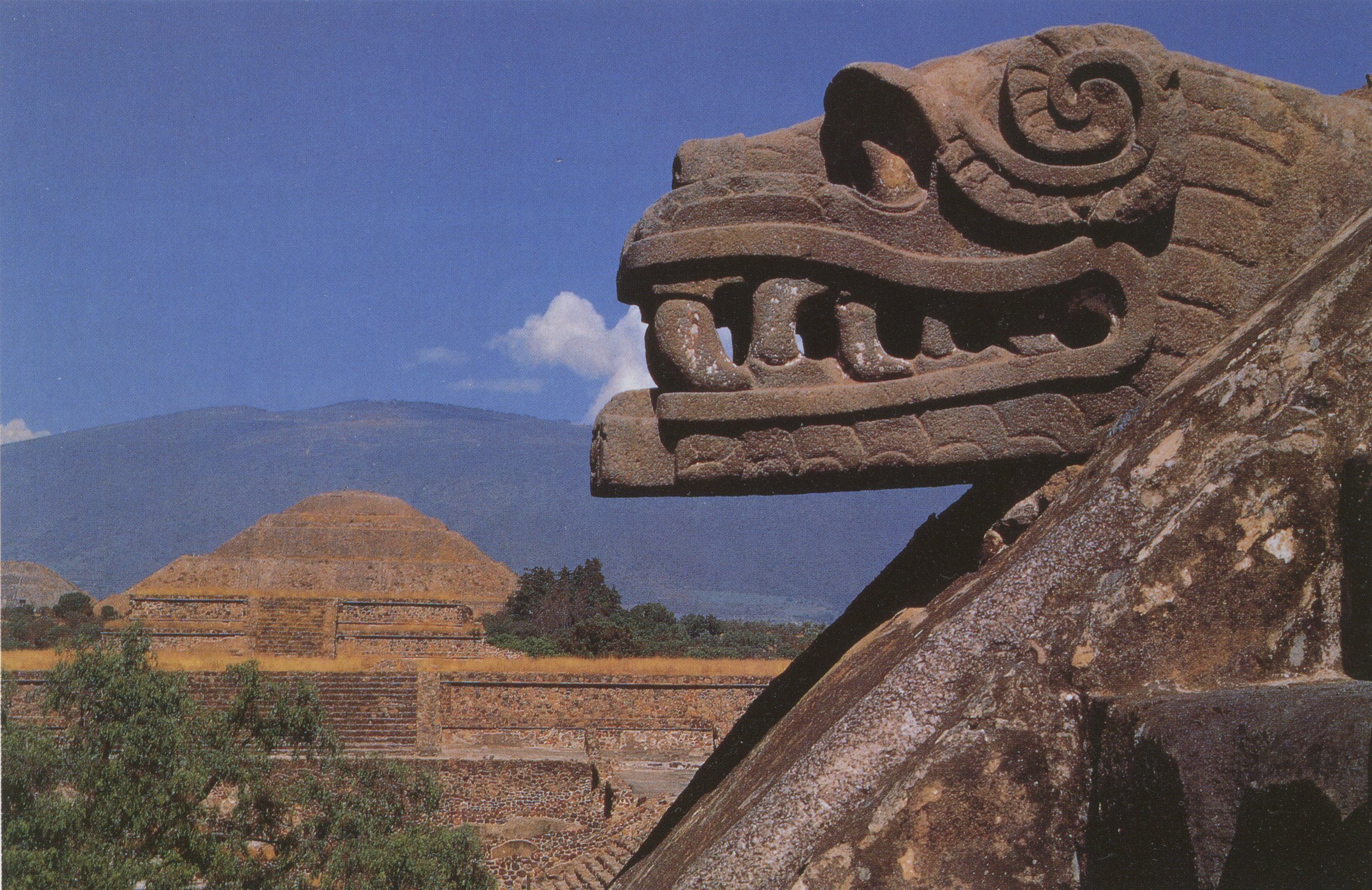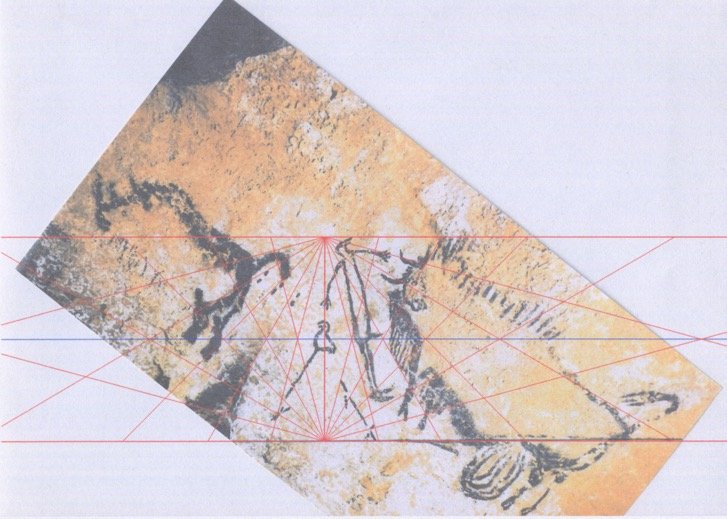
Did the civilizations of ancient Mesoamerica evolve in near total isolation from the rest of the world or were they unique hybrids seeded by the introduction of Old World belief systems based on knowledge of earth’s celestial mechanics and sophisticated mathematics?
“The word ‘civilization’ means ‘to live in cities’, as opposed to a mere culture. The civilization that built the city of Teotihuacan and the ceremonial complex at it’s heart would appear to have possessed information of a geometrical and mathematical nature far beyond the capabilities that heretofore have been imagined to exist in Mesoamerica. Our studies have utilized known data, in combination with empirical measurements in the field when previous assumptions have proved to be doubtful or false, to predict and substantiate a basis for postulating the possibility that a knowledge of spherical trigonometry was available to Teotihuacan’s designers, or to their predecessors”.
The Keystone: A Search for Understanding, Hugh Harleston Jr. 1984, p.17
Hugh Harleston Jr. was a civil engineer and Navy electronics technician (1944-1946) who specialized in the operation and repair of radar, sonar, and other telecommunication systems. In 1947 he received a Bachelor of Science degree in Chemical Engineering from Rice University. In the early 1970’s he formed the Uac-Kan Research Group and began surveying Teotihuacan. Their research, largely ignored by academia, did discover quite an interesting standard unit of measure, the STU or Standard Teotihuacan Unit that measures 1.05946m. Other units of measure have been suggested for Teotihuacan that no doubt are quite plausible for other reasons but this number 1.05946, through application of a few mathematical steps I learned while rediscovering what I call the Portal Formula closely approximates the value of Phi, the Golden Mean.
The Golden Ratio today is most accurately calculated by dividing the square root of five, adding one, then dividing by two.
2.2360679+1 = 3.2360679/2 = 1.6180339/.618034
The Fibonacci Series, 1,1,2,3,5,8,13,21,34,55,89,144,233…, is a series of numbers where not only the value of each number equals the sum of the two previous numbers, but also approximates Phi by dividing any consecutive pair, beginning with the number 5 divided by 3, ultimately leading to the ninth sequence, the first in the series to approximate the value of Phi calculated using the formula above.
5/3 = 1.6666666/.6
233/144 = 1.6180257/.6180371
The STU or standard unit of measure at Teotihuacan as defined by Hugh Harleston is 1.05946m. Do his findings or this number suggest another method of calculating Phi and its possible connection to Teotihuacan’s design and construction? The following seems to suggest that possibility.
2/1.05946 (STU) = 1.8877541
3.5/1.8877541 = 1.854055
3/1.854055 = 1.6180749/.6180183
1.6180749/.6180183 lies between the Fibonacci Series ratios of 144/89 and 233/144.
144/89 = 1.6179775/.6180555
1.05946 = 1.6180749/.6180183
233/144 = 1.6180555/.6180257
Earth’s polar diameter of 12,713,528m/12,000,000 = 1.059461. Hugh’s final calculation for the STU is 1.059463m. Using the same math above this number yielded 1.6180703/.6180201. (1.059461 ~ 1.6180734/.6180189)
“It has been found that the number at present designated as “phi” or the “Golden Mean” can be applied to the characteristics of arcs of great circles on the surface of a sphere divided into icosahedrals (20 equilateral triangles) or 12 dodecahedrals (12 identical pentagons). The angular length of the great circle arcs can be determined to any number of decimal places by calculating decimal degrees as trigonometric functions of the arcTan of 2, of multiples of “phi” and of the square root of 2.”
Dynamics of the Golden Mean, Hugh Harleston Jr., 2000, p.1
‘Did Teotihuacan’s Designers, Or Their Predecessors, Have a Knowledge of Spherical Trigonometry?’ A research Summary: 1972-1981 details in depth Hugh’s theory and use of arcs to predict and locate various landmarks using Teotihuacan’s location as a point of origin and finding archaeological evidence that suggests someone much earlier had done the same thing the same way. Hugh Harleston Jr. passed away in 2013. MAYAN TREASURE is most if not all of his research and can be found online at hharlestonjr.com.
LANGUAGE OF THE TEMPLE revisits the ongoing debate over whether or not there was any ‘significant diffusion’ of cultural traits from the Old World to Mesoamerica in antiquity. By comparing the bits and pieces of Old World knowledge and belief systems that made their way to Mesoamerica using computer software and several areas of study related through art, geometry, language, and number suggests that there was probably not only significant diffusion but that it was of a certain type or body of Old World ‘feathered serpent’ knowledge. This is The Language of the Temple. The temple I have in mind is the ancient Egyptian temple from the longest running civilization with a written language that may have known and preserved their knowledge of earth’s celestial mechanics along with the circle’s geometry and knowledge of lands to the west across the Atlantic Ocean, something possibly encoded within the hieroglyphic texts of The Egyptian Book of The Dead.
The areas of study presented here are SOFTWARE, PORTAL GRID, ART MOTIFS, XIBABLBA and THE ROAD OF THE GODS, and PORTAL GEMATRIA.
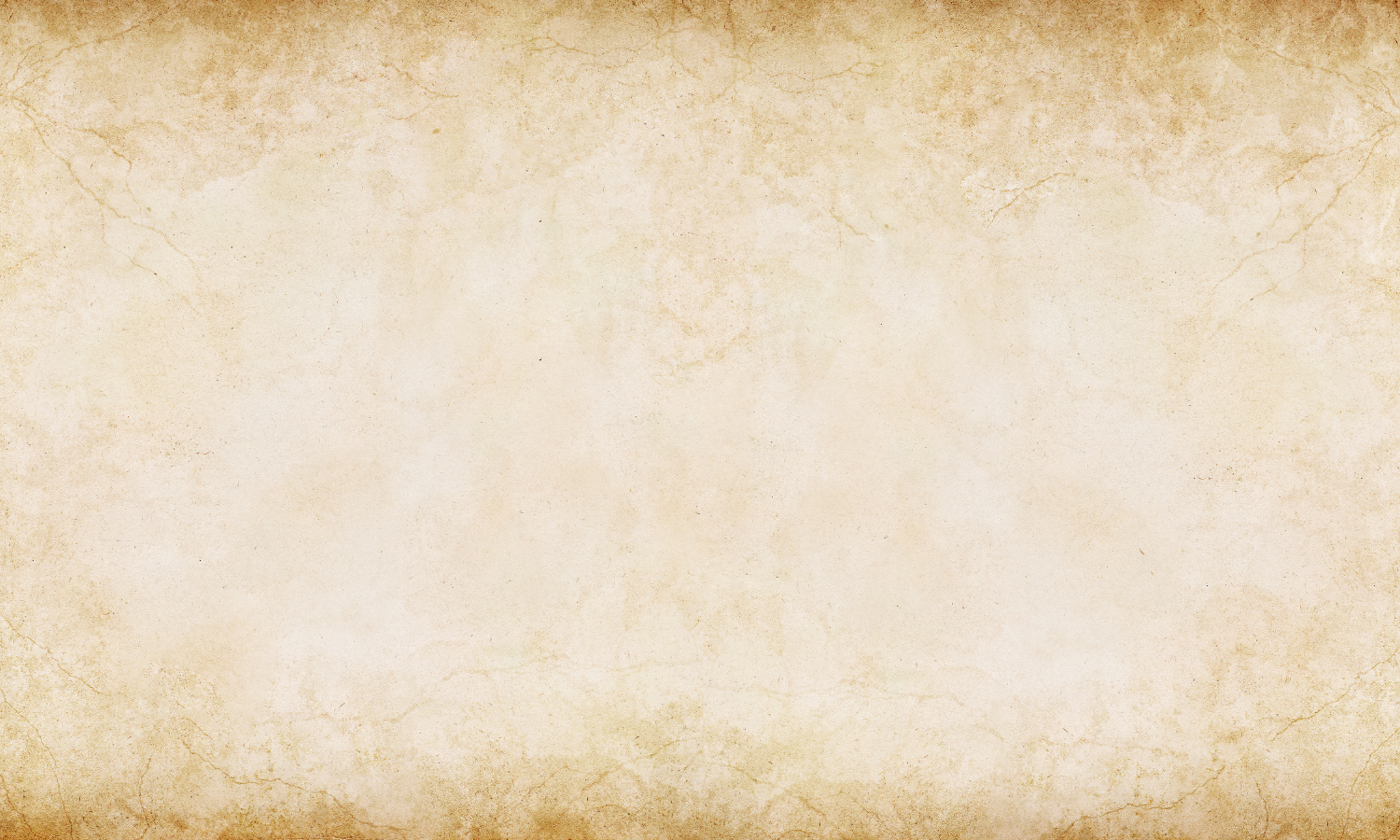
SOFTWARE features the open source Portal Grid computer software that allows one to analyze and deconstruct art designed using the circle’s ‘Sacred Geometry’. The software can be scrolled horizontally across an image and with a bit of practice one can learn to watch the narrative slowly unfold. The grid displays the overall narrative aligned in 15-degree increments while the geometric shapes act like keys unlocking separate parts of the narrative using certain angles and Square Root of Three geometry. See the Slideshow/Overflow for examples of aligned images from The Egyptian Book of The Dead and the sarcophagus lid of Pacal, the Mayan king from Palenque.
PORTAL GRID opens with several creation stories side by side with the circle’s Sacred Geometry revealed step-by-step showing from where the Portal Grid software’s geometric shapes are sourced and how the 15-degree Portal Grid array is created. There is also some math involving the Square Root of Three and the Six-Pointed Star’s geometry. Also included are aligned images of Olmec and Izapan art along with several Mayan vase photographs and a page from the post-classic Codex Laud. Compared to the more obvious alignment points of the images in the Slideshow/Overflow sections these alignments are very subjective and are presented here to primarily establish whether or not the circle’s geometry is present. A peculiar anomaly is the software seems to work equally as well with images of flat objects such as Pacal’s sarcophagus lid as it does with Justin Kerr’s rollout photographs of cylindrical Mayan vases. Were some Mayan artists familiar with spherical trigonometry or did they just know how to simply arrange objects geometrically on a curved surface? The scribes that designed Pacal’s sarcophagus lid were quite familiar with the circle’s geometry and how to use it to encode a particular afterlife cosmology.

ART MOTIFS begins by questioning Western Civilization’s claim to have ‘discovered’ heliocentrism. There is a graphic illustrating earth’s celestial mechanics reacquainting those such as myself exactly how the earth orbits the sun. What I had forgotten or was actually never really taught is that earth’s tilted polar axis does not change with the seasons but is always tilted at an angle approximately 23.4 degrees to the plane of the ecliptic. One should become well acquainted with Fig.1a and Fig.1b and the terms ‘celestial equator’ and ‘plane of the ecliptic’ as I use them prolifically, sometimes not always correctly or as intended as I explore the ways different cultures use similar motifs to encode their knowledge of earth’s celestial mechanics. Following this brief introduction are excerpts from the Egyptian ‘Pyramid Texts’ and ‘Coffin Texts’, the Vedic ‘Vision in Long Darkness’, Hebrew ‘Genesis’, and the Mayan ‘Popol Vuh’ with comments on the similarity of these creation stories encoding what appear to be knowledge of earth’s celestial mechanics. The image gallery that follows is a somewhat chronological selection of art motifs common to Mesoamerica and the Old World dating back to the 10th century BCE. The narrative associated with these motifs involves the knowledge, deification, encoding, sociocultural engineering and political manipulation of certain belief systems based on earth’s celestial mechanics. Most relevant to this study are the ancient Egyptians, Assyrians, the Olmec, and the Maya. Also included are comments for most of the images of what I think I have learned while examining and comparing the similarities and possible connections between different cultures across space and time that used the same motifs to encode essentially the same core body of very old, Old World knowledge.

XIBALBA and THE ROAD OF THE GODS is something of an ethnographic geography lesson. Xibalba is the Mayan underworld from the Kuiche Maya creation story the ‘Popol Vuh’. ‘The Road of The Gods’, or to quote Nahua scholar Thelma Sullivan, “The Place of Those Who Have the Road of the Gods” (TEOTIHUACAN Berrin & Pasztory, T&H 1993, p.34) refers to Teotihuacan, home to the Pyramids of the Sun and Moon located just north of Mexico City.
Xibalba really is the underworld from an Old World perspective and from an ancient Egyptian perspective or cosmology the lands to the west are where the sun and the Pharoah’s soul, the ba, go, pass over, or through after death. This portal is the Isthmus of Tehuantepec, the land bridge between the Atlantic and Pacific Oceans the latitude of which shares an astonishing similarity to the PORTALGEMATRIA/PORTAL FORMULA mathematics. Longitudinal distances between Greenwich, England, Giza, Egypt, Teotihuacan, and several classic and pre-classic Mayan sites are compared along with maps made using FUGAWI GPS mapping software that show alignments between certain capes, bays, cities, and pyramids. The validity of these alignments certainly is debatable but equally debatable is the fact that they do align, especially over shorter distances. The line connecting Cabo Corrientes, Mesoamerica’s westernmost cape to Africa’s westernmost cape at Cap-Vert appears to pass through or very near Teotihuacan something that ‘those who have the road of the gods’ likely knew. Teotihuacan is aligned 15+ degrees east of north and sited in a very specific location that likely encodes not only its geographic location in relation to the Old World but also the knowledge and use of the Portal Formula mathematics. An astonishing geographic similarity to the Portal Formula is Teotihuacan’s location, though not on the same latitude as Giza it is located 129.63 (130.03) degrees of longitude west of Giza. The Primary Portal Formula is 3.5/1.8=1.9444444, /1.5=1.2962962…. There are 9 degrees of latitude between the Tropic of Cancer at latitude 23.4n and the Izapa/Dakar latitude of 14.42n with Teotihuacan being located 5 degrees above that latitude at 19.41n suggests the following math 9/5=1.8.
PORTAL GEMATRIA is an alphanumeric system of linguistic encoding similar to Hebrew gematria that involves the simple conversion of the letters of the modern twenty-six letter English alphabet to the number value equivalent to each letter’s order in the alphabet A-Z/1-26. This is admittedly quite speculative considering the fact that the twenty six letter alphabet is a relatively modern invention. The system used here is applied equally to all words regardless of language, alphabet or culture with the mathematics usually being the primary reason for inclusion in the word lists that seem to exhibit a type of logic that encodes the names of gods and heroes and certain types or bodies of knowledge central to the culture’s belief system by associating them with particular numerical ratios. The ratios here are derived through a simple add, subtract, and divide formula. Lists of letter/pairs and their ratios are provided along with graphs plotting letter/pairs that result in 1.6666666 and the numbers 7 and 9. The (A+B)/(A-B) formula used here is very similar to the (A-B)/(A+B) formula found in the The Law Of Tangents and through a sequential manipulation of letter/pair numbers results in particular ratio pairs that can be divided resulting in the Portal Formula equations and the number 1.7710777. As with any gematria the meanings of certain words associated with particular numbers determine the language of the narrative encoded. The code and the mathematical language explored here are primarily words with numerical ratios related to the Portal Formulas. Other words that made the lists include those encoding the number 1, other whole numbers with interesting meanings, the Fibonacci Series, the old Pi (22/7) along with many others that seem mathematically related to this particular number language including a selection of words with significant ratios from the Kabballa.
Was there any cultural diffusion from the Old World to ancient Mesoamerica? Considering that the Atlantic Ocean currents off the north African coast run directly towards South and Central America the accidental appearance of foreigners, such as African fisher folk too far offshore, in the Americas is a given. The knowledge of lands to the west across the sea had to be part of West African sea lore from very early times. This diffusion would have been of a certain type, mostly genetic along with elements of tribal culture that may or may not have included some of the more ‘civilizational’ components or bodies of knowledge that later immigrants and opportunists carried with them.
The Olmec civilization is dated to as early as c.1500 BCE with San Lorenzo dated c.1250 BCE. Approximately three hundred years later and on the opposite side of the Coatzacoalcos River La Venta is founded c.900 BCE. An Olmec cup decorated with crosshatching and the ‘Olmec Eye’, an ellipse with a circle in the center, is dated to between 1200-900 BCE. These motifs were probably sourced from the geometry found in the circle and likely encode some type of mathematics. Monument 19 at La Venta shows an astronomer priest riding the tail of the Feathered Serpent and carrying a bucket motif very similar in concept to the neo-Assyrian bucket motif found in Mesopotamia also dated c.900 BCE. As far as I know neither the bucket motif nor the Feathered Serpent appear earlier in Olmec art than at La Venta that along with the crosshatching and the ‘Olmec Eye’ suggest two different incidents of foreign influence. The bucket motif not only contains or symbolizes the arts of civilization based on celestial mechanics but also likely encodes certain mathematics, some more esoteric than others involving the circle’s geometry suggesting trigonometry, the Portal Formula mathematics and possibly the Precession of the Equinoxes. The circle’s geometry also includes the Square Root of Three, the diagonal of a cube and by mythological extension earth’s polar axis. Attaching the Square Root of Three and earth’s tilted polar axis to an afterlife cosmology may or may not be part of the ‘Olmec/Assyrian Bucket’ body of knowledge or belief system but this particular concept depicted on Pacal’s sarcophagus lid c.680 CE similar to that found in the Egyptian Book of The Dead suggests the possibility of either another incidence of foreign influence or just as likely something derivative of the late Olmec civilization via the pre-classic Maya at El Mirador and or classic Maya Calakmul.
Between the end of the Olmec civilization and the rise of the classic Maya is the founding of Teotihuacan c.150 BCE-650 CE. Either Teotihuacan is entirely original and indigenous possibly descended from the Olmec or the result of a very significant incidence of cultural diffusion from the Old World. The design of Pacal’s sarcophagus lid and the afterlife cosmology encoded are either entirely indigenous or they are not. It would certainly be much more interesting if it was entirely indigenous compared to what I am suggesting. The appearance of the Assyrian Bucket type motif (Art Motifs Fig.101) in combination with the Feathered Serpent on La Venta Monument 19 (Art Motifs Fig.4) suggests a specific type of cultural hybridization between the Old World and Mesoamerica. The roots of the Feathered Serpent cosmology and its associated celestial mechanics are very, very old and form the core of the belief systems of some of the world’s earliest civilizations. The Olmec at San Lorenzo were very likely aware of earth’s celestial mechanics but not necessarily encoding that knowledge as the Feathered Serpent. The open-jaw motif seen on the Olmec cup from Morelos (Art Motifs Fig.15) carries through hundreds of years later to appear again at La Venta as the Feathered Serpent. The open jaw likely symbolizes the 23.4 degree V-like (>) ‘opening’ between the plane of the ecliptic and earth’s celestial equator (Art Motifs Fig.1). Eight centuries later at Teotihuacan an evolved or more modern version of the Feathered Serpent (Art Motifs Fig.133) appears that bears a striking resemblance to a Chinese Feathered Dragon incense burner (Art Motifs Fig.134) and a Chinese Winged Dragon statuette (Art Motifs Fig.132). To my knowledge this particular dragon/serpent motif occurs only in China and Mesoamerica. The dragon’s head on the Chinese incense burner is placed at the north pole suggesting the pole star Thuban located in the constellation Draco, the dragon c.3100 BCE. This is not only around the time of the founding dates of ancient Egypt c.3150 BCE and the Maya Long Count Calendar 3114 BCE but also when GI of the Palenque Triad “set in motion Raised-up Sky Heart” in 3112 BCE. The Olmec/Assyrian Bucket/Feathered Serpent narrative seems to have also carried over in the Tepantitla mural at Teotihuacan (Art Motifs Fig.5) with round handled objects being carried by astronomer priests in a similar fashion to the Assyrians and the Olmec that along with the deities and undulating serpents around the borders suggests either a direct connection to the Olmec cosmology at La Venta and or the foreign influence that resulted in Teotihuacan’s grand design. Is all of this merely coincidence or something else? If it is something else then there is a larger story waiting to be told involving Teotihuacan and Mesoamerica’s place in the history of the global diffusion of the knowledge of earth’s celestial mechanics.
This website is dedicated to Irene Arellano

